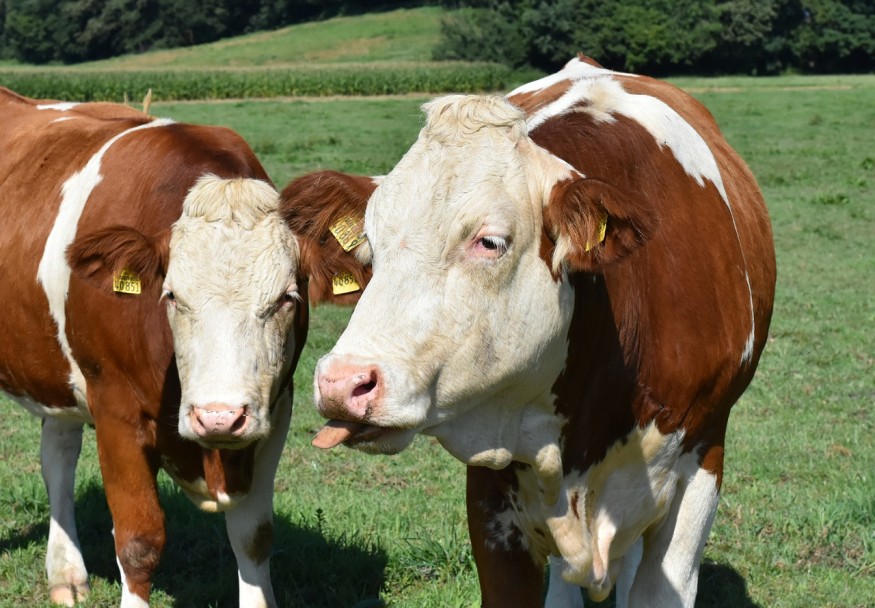A recent study found that dairy cows form complex relationships that get changed when transported around. The researchers observed a herd and found that these animals have complex social networks that get altered as they are moved and thrust into new cattle groups.

What is the importance of the relationships of dairy cows?
The study was published in Frontiers in Veterinary Science. It highlighted the need to preserve the cattle's social interactions and relationships to improve and retain the herd's life quality. It also offers some insights to improve practices of farm management to take care of cow herds best.
The study authors come from the United States and Chile. It is pioneering research because it used SAOM, or stochastic actor-oriented modeling on cattle, a type of statistical monitoring model that has not been applied to non-human mammals.
The framework of SAOM produces a map of changing relationships in a social group, which are based on data that describe group dynamics and individual attributes with time.
Study Methodology
In modern farming practices, cattle farms are constantly reshuffling dairy cows. The animals are brought into particular groups; these groupings depend on the cows' needs and the farm's operations, such as breeding stage or diet type.
The researchers studied a herd of cows who recently gave birth. The study looked at the group for 30 days for particular behaviors in the animals, particularly grooming behavior. The phenomenon is called allogrooming, which is an indication that animals have established relationships.
Every time a dairy cow is transported to a different group, the animal is forced to form new relationships, such as friendships. When they are thrust into a new group, they would have to establish their social footing again from square one. The separation has been known to negatively affect the cows' mental and physical health, including their productivity as dairy farm animals.
Study findings
The researchers' findings revealed how multiple factors had been considered when dairy cows select new partners for allogrooming. These factors include social rank, and if the individuals have already done allogrooming before. Cows also seem to favor similarly-aged animals, indicating familiarity because they would have to grow up together.
During the 30-day study, the researchers found that the group members who were most active in grooming were the ones who got the least attention among all the group members. The researchers found that the younger members practiced less allogrooming compared to the more senior cows.
According to study lead author Dr. Gustavo E. Monti of the Institute of Veterinary Preventive Medicine of the Austral University of Chile, their results show how vital licking is in making friends and maintaining herd harmony. They also observed older cows grooming more individuals, which suggests them being the peacemakers of the group.
Implications and application of the study
Monti said that it is essential that dairy cow farmers be aware of cows' social lives' relevance. These animals form complex social relationships in their herd. Cattle farmers must be mindful of how they frequently groom one another, which signifies that the cows are getting along well.
In contrast, when social grooming decreases, this may indicate impairment of their well-being. Such facts can be useful in crafting practical and innovative strategies to continually integrate cattle's social and emotional needs in farm management systems.
READ NEXT: Cows and Cropland to Help Save the Planet
© 2025 NatureWorldNews.com All rights reserved. Do not reproduce without permission.




